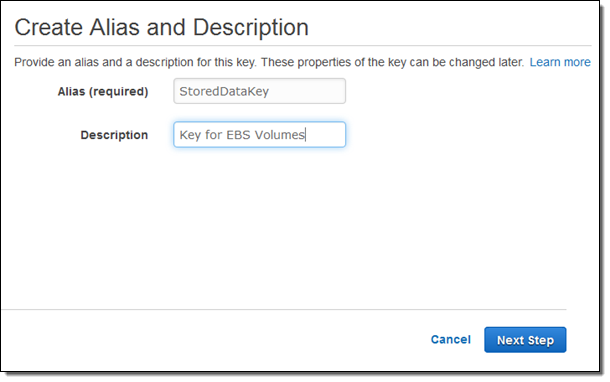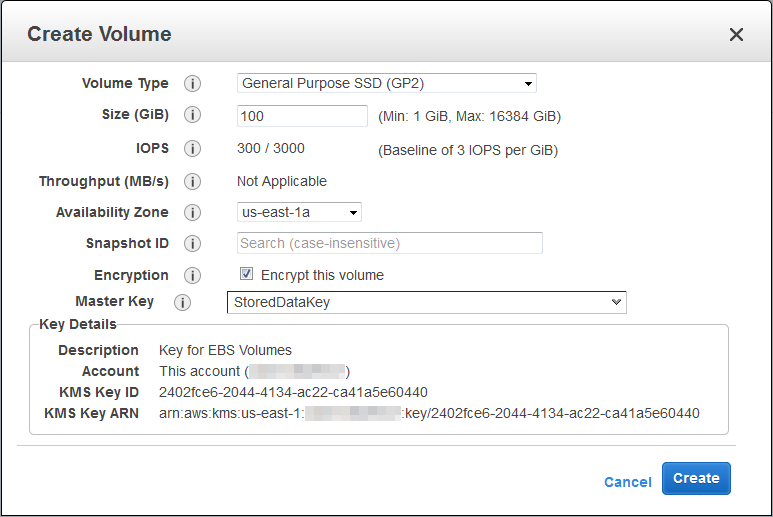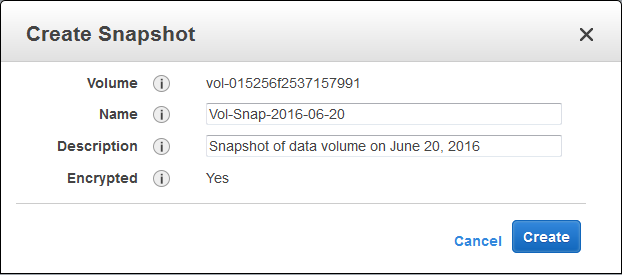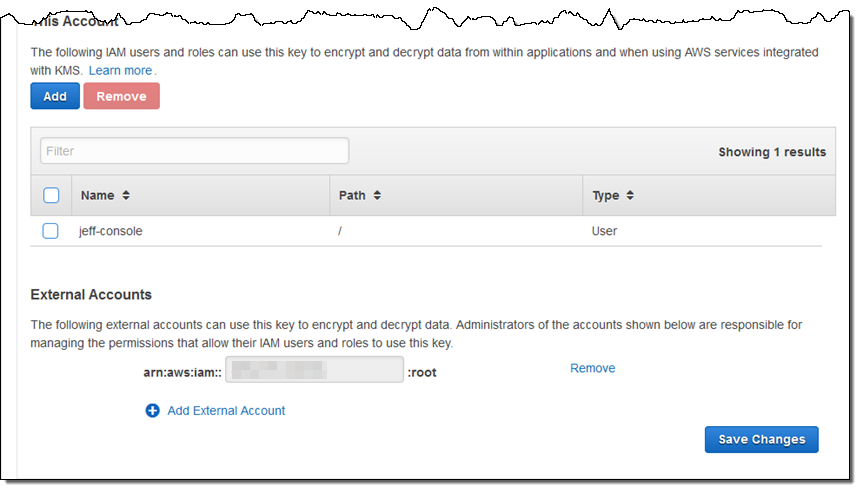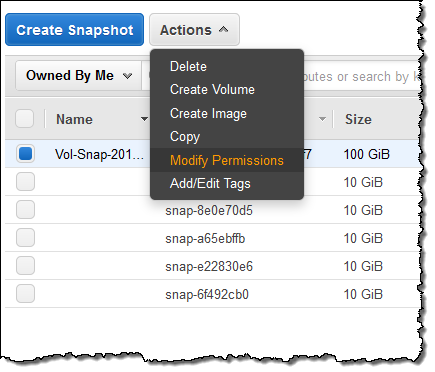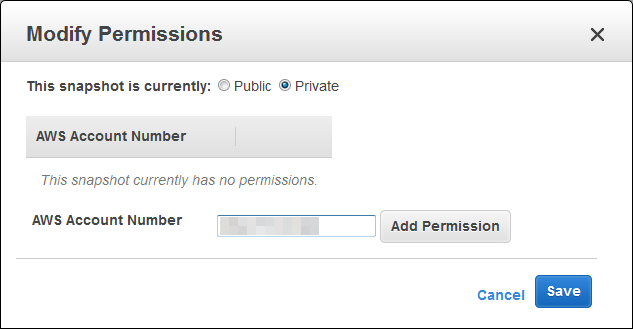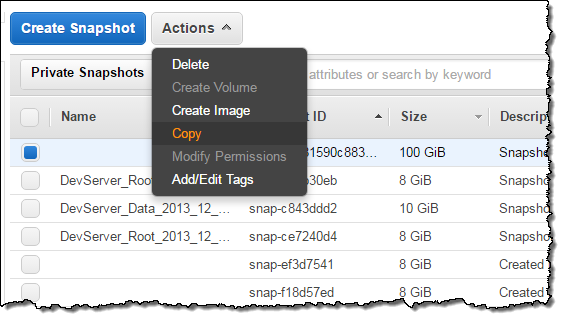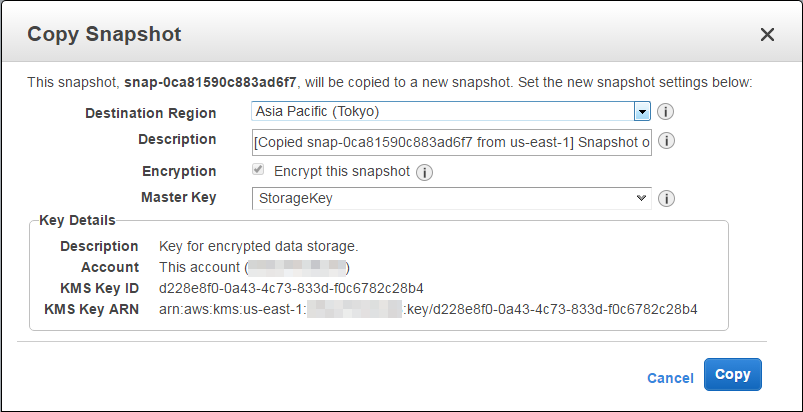
Introducing New Features That Make It Easier for Customers to Discover
and Use Your Alexa Skills
Alexa, Amazon's cloud-based voice service, powers voice experiences on
millions of devices, including Amazon Echo and Echo Dot, Amazon Tap,
Amazon Fire TV devices, and devices like
Triby
that use the Alexa Voice Service. One year ago, Amazon opened up Alexa
to developers, enabling you to build Alexa skills with the Alexa Skills
Kit
and integrate Alexa into your own products with the Alexa Voice
Service.
Today, tens of thousands of developers are building skills for Alexa,
and there are over 1,400 skills for Alexa – including Lyft and
Honeywell, which were added today.
A New Experience for Discovering Skills
Today, we announced new ways for customers to discover and use the
Alexa skills that developers have built, including a new voice-enablement feature and a completely
redesigned Alexa app. Customers can now quickly search, discover and use
skills. Starting today, customers can browse Alexa skills by
categories such as “Smart Home” and “Lifestyle” in the Alexa app, apply
additional search filters, and access their previously enabled skills
via the “Your Skills” section.

Also available today, Alexa customers can use their voice to enable your
skills: simply say “Alexa, enable NBC News” or “Alexa, enable 7 Minute
Workout” and access them instantly. Customers can also find your skills
with Amazon's Skill Finder. To use Skill Finder, simply enable it via
voice or in the Alexa app and say "Alexa, ask Skill Finder for the top
skills."
One-Year Anniversary: ASK, AVS and The Alexa Fund
In addition to the new Alexa skill features, June 25th marked the
one-year anniversary of our developer services. Last June, we introduced
the Alexa Skills Kit (ASK), the Alexa Voice Service (AVS), and the Alexa
Fund to help enable anyone to build the experience they wanted for
Alexa. Some fun facts about the Alexa Skills Kit, Alexa Voice Service,
and Alexa Fund include:
There are now over 1,400 Alexa skills and the catalog has grown by 50% in just over one month
Customers have made over 3 million requests using the top 10 most popular Alexa skills
Since January 2016, selection of Alexa smart home API skills has grown by more than 5x
There are now over 10,000 registered developers using the Alexa Voice Service to integrate Alexa into their products
There are tens of thousands of developers currently working on Alexa projects
The Alexa Fund has invested in 16 startups, with a focus on smart home and wearable products to date. Over the next year, The Alexa Fund will be expanding investments into startups that focus on robotics, developer tools, healthcare, accessibility and more
Some of the most popular Alexa skills are Jeopardy!, Daily Affirmation, Magic 8 Ball, Fitbit, and The Bartender
Build a Skill Today - Special Offers
Our skill templates and step-by-step guides are a valuable way to
quickly learn the end-to-end process for building and publishing an
Alexa skill. You can get started quickly using the flash cards skill
template,
fact skill
template,
trivia skill
template,
or how to skill
template.
Plus, if you publish a skill, you'll receive an Alexa dev t-shirt.
Quantities are limited. See Terms and
Conditions.
Additional Resources
For more information on getting started with
devloping for Alexa, check out the following resources:
Alexa Developer Platform
Voice Design Education
